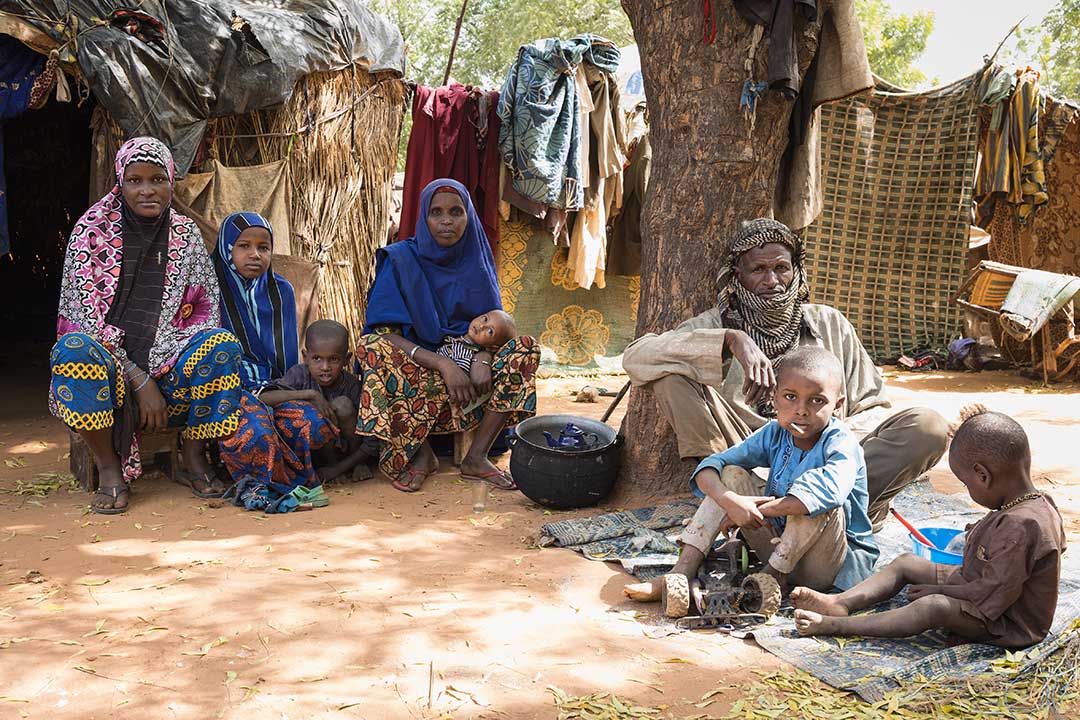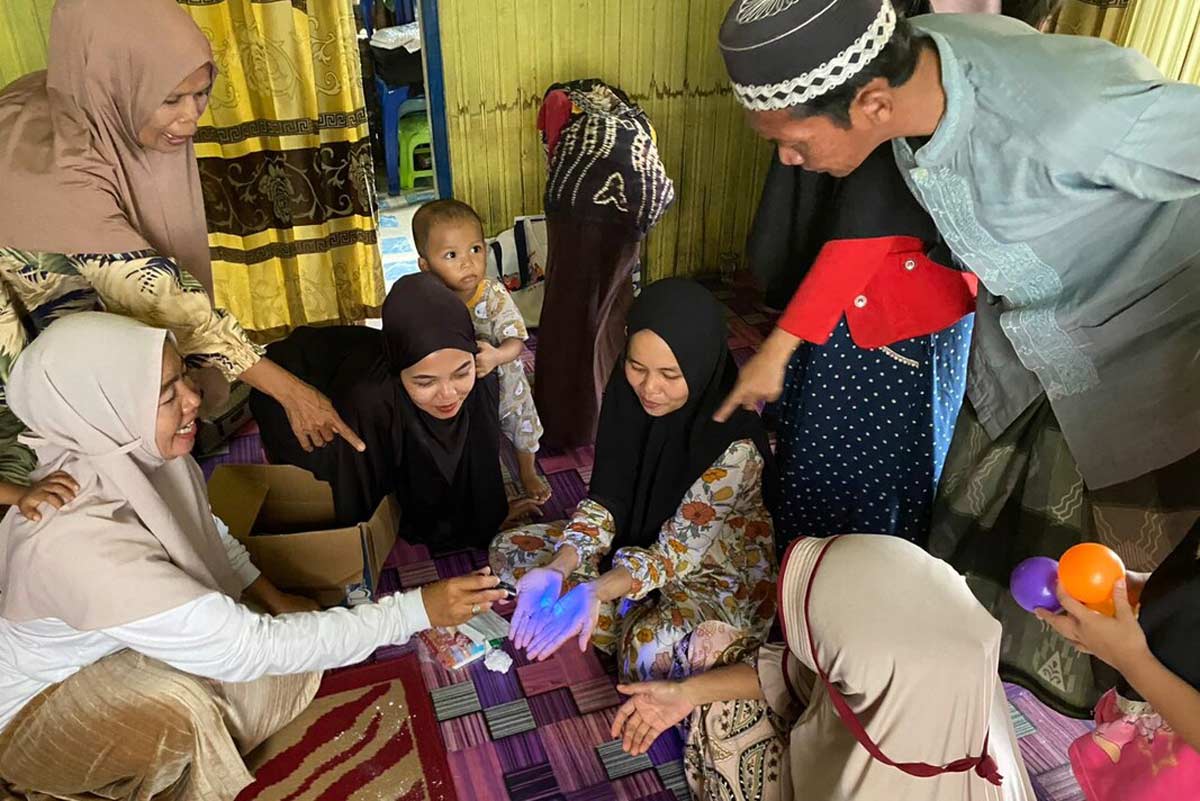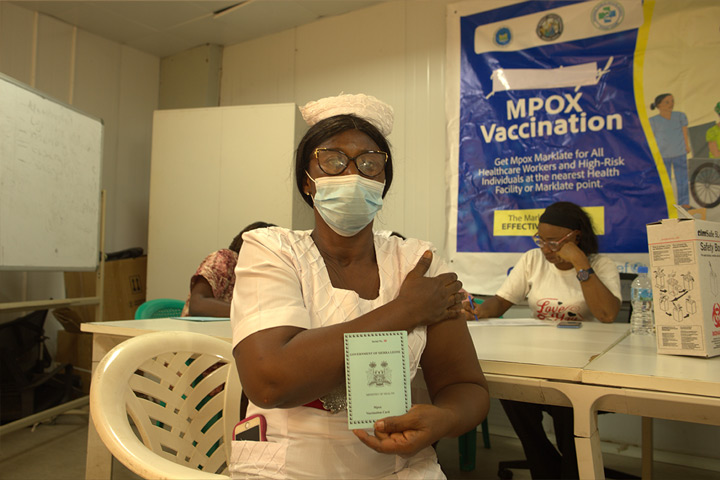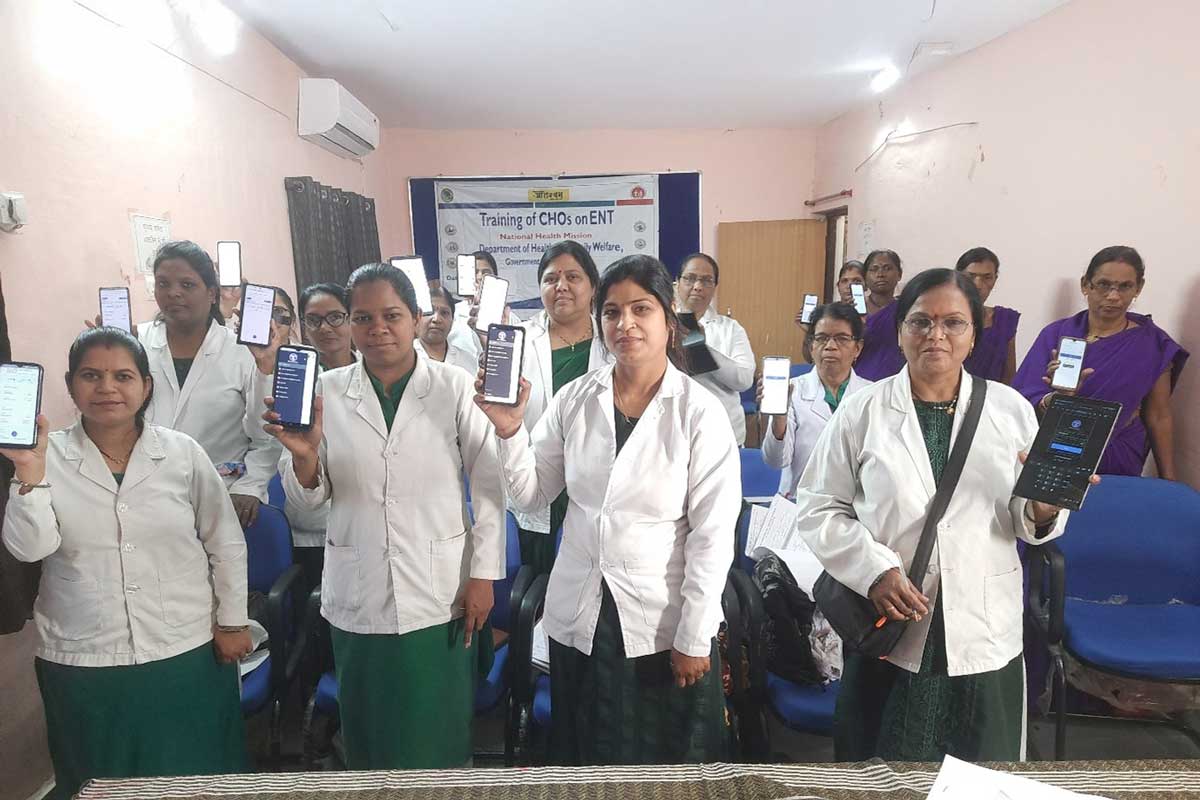Focusing on 'High Impact' countries brings a local lens to national immunisation programmes
More than a quarter of the world’s population lives in just five Gavi-eligible countries. Here’s why reaching millions of children with vaccines requires a locally tailored approach.
- 25 June 2024
- 3 min read
- by Gavi Staff
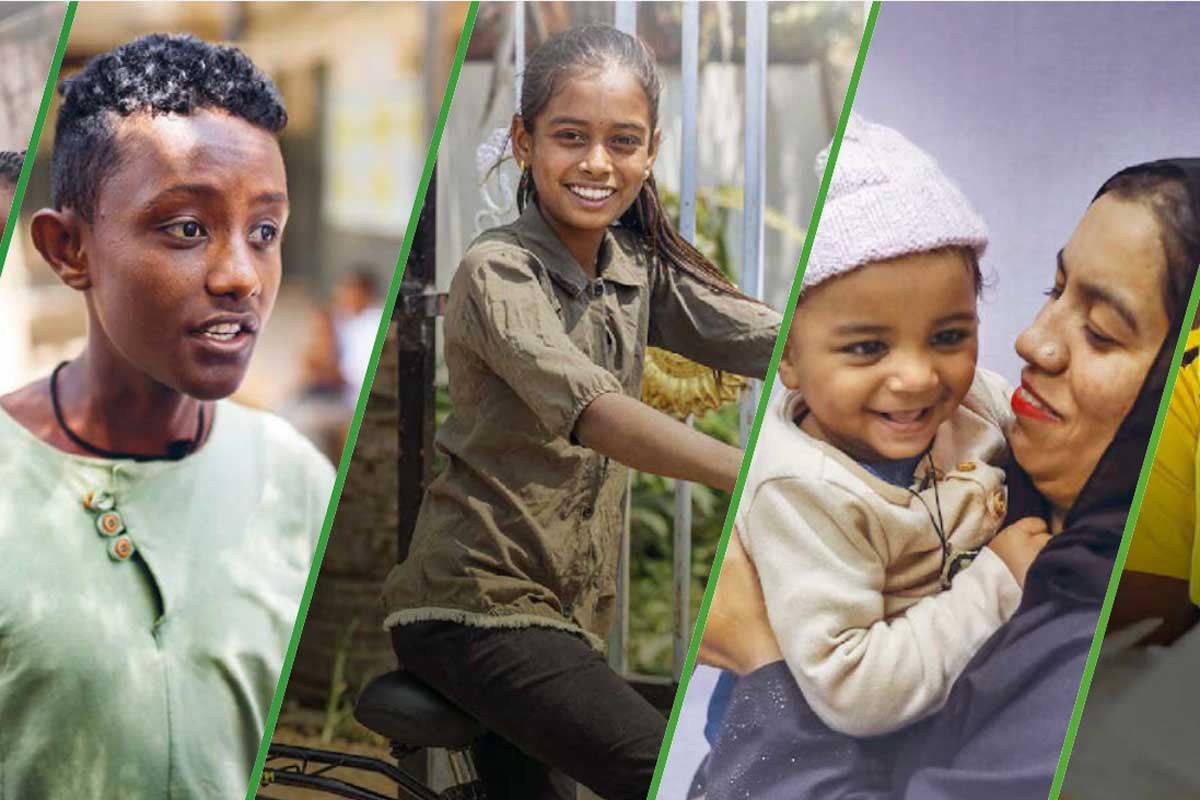
Gavi has designated a segment of countries as High Impact. Due to their large share of ‘zero-dose’ children who have not been reached by routine immunisation services, these countries are critical to reaching the ambitious goals Gavi has set for the 2021–2025 strategic period.
High Impact countries are large and federated countries with decentralised health systems. By the end of 2022, these five countries – the Democratic Republic of the Congo, Ethiopia, India, Nigeria and Pakistan – represented ~26% of the world’s population, ~48% of total birth cohorts and ~56% of all zero-dose children in Gavi-eligible countries.
National success, subnational challenges
Together, the five High Impact countries immunised 481 million individual children through routine immunisation with Gavi support from 2000–2022 (45% of total unique children reached with Gavi support) and more than 69 million children in 2021–2022 alone (52% of total unique children reached with Gavi support). And together they averted 6.8 million future deaths as a result of vaccination with Gavi-supported vaccines in these five countries from 2000–2022.
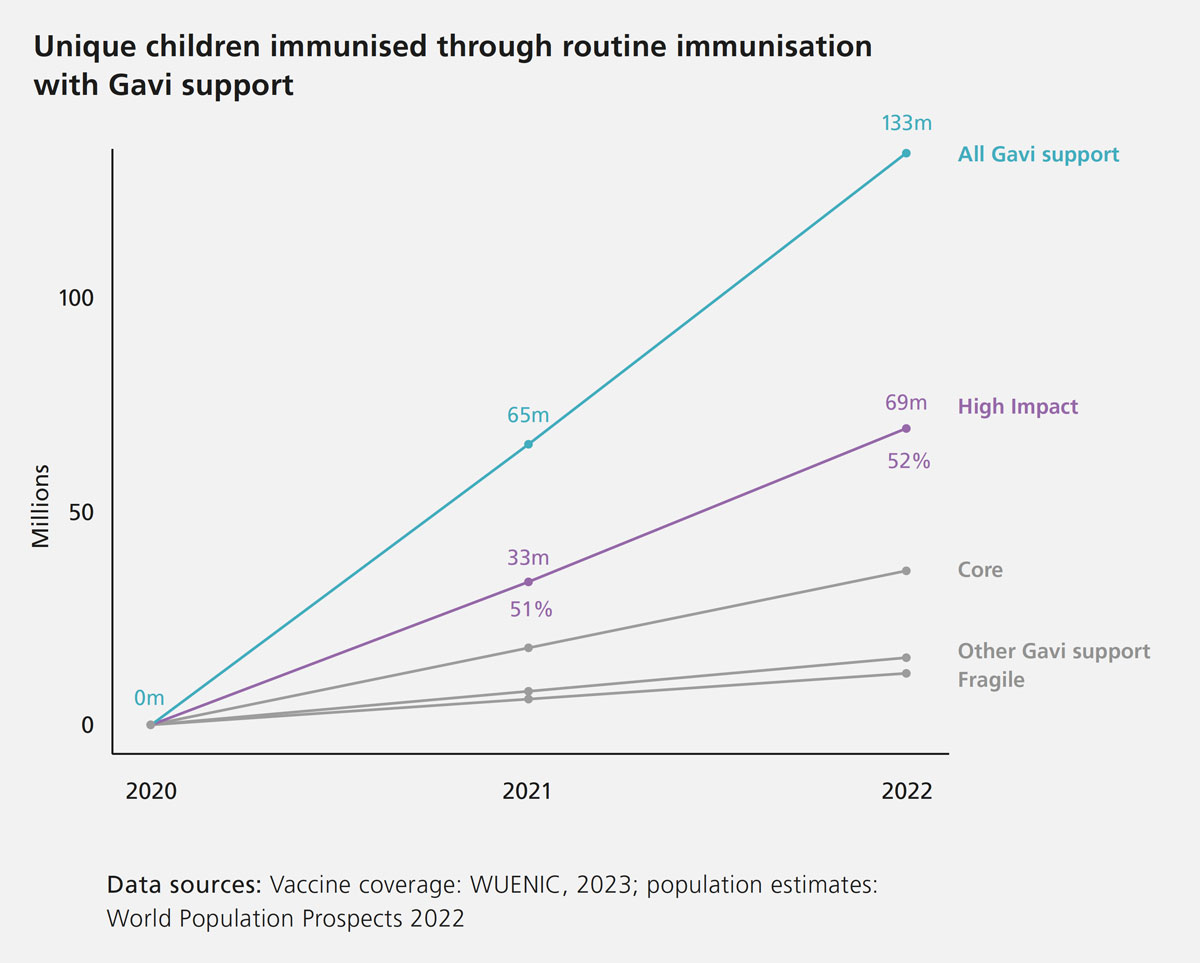
However, at subnational level, districts with low coverage continue to be left behind. Among High Impact countries that reported subnational administrative data for 2022, the 20% of districts with the lowest coverage in each country had 62% coverage of the third dose of diphtheria, pertussis and tetanus-containing vaccine (DTP3) – an improvement since 2021 – comparable to Gavi implementing countries overall after years of being slightly lower, but still lower than 82% in the segment overall.
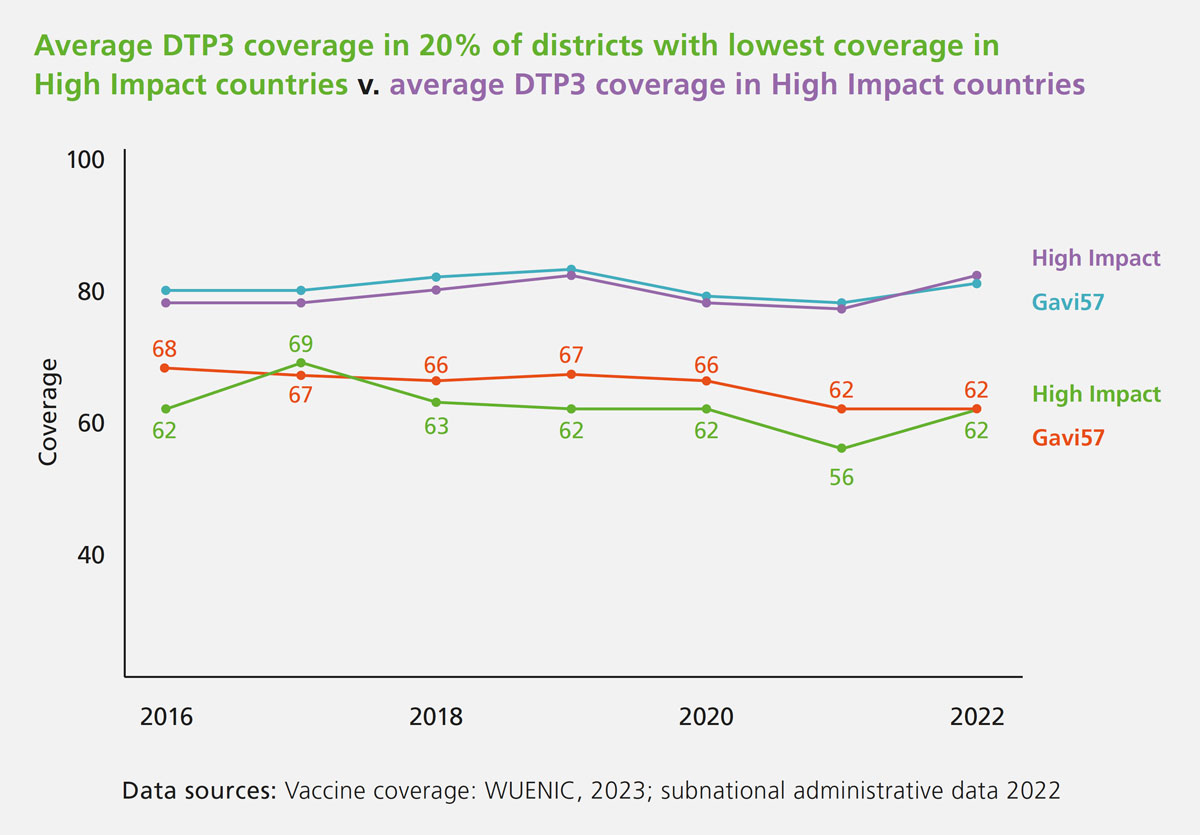
Safeguarding immunisation amid instability
The subnational level in High Impact countries reflects higher levels of political and economic instability, and programmatic and fiduciary risk; varied capacity of Alliance partners; and settings with protracted/stalemated conflict, active conflict or emergency – with increasingly significant populations of refugees and/or internally displaced people.
To deliver on its mission, Gavi’s 2021–2025 strategy includes: (i) a core focus on reaching zero-dose children and missed communities, with equity as the organising principle; (ii) more differentiated, tailored and targeted approaches for Gavi-eligible countries; and (iii) an increased focus on programmatic sustainability. The Vaccine Alliance is committed to strengthening national and subnational political commitment to immunisation.
Driving progress through partnerships
In the 2021–2025 strategic period, Gavi is operationalising geographically targeted interventions in the 28% of districts with the highest burden of zero-dose children. This pivot to subnational programming has involved the deployment of a variety of implementation and governance arrangements ranging from the use of pooled funds, memoranda of understanding (MoU) with states or subnational entities, and sector-wide approach (SWAp) to direct disbursement to subnational entities.
Overview: High Impact countries
Population (2022): 2,093,710,000 (26.3% of world population)
- India: 1,417,000,000
- Pakistan: 235,800,000
- Nigeria: 218,500,000
- Ethiopia: 123,400,000
- DRC: 99,010,000
High burden zero-dose districts: 943 (28% of total)
- DRC: 136 out of 519 health zones (26%)
- Ethiopia: 477 out of 1,110 woredas (43%)
- India: 143 out of 766 districts (19%)
- Nigeria: 100 out of 774 local government areas (13%)
- Pakistan: 87 out of 158 districts (55%)
>US$ 10.2bn disbursed in High Impact countries (26% of overall Gavi disbursements)
- DRC: US$ 1.77bn
- Ethiopia: US$ 1.7bn
- India: US$ 1.67bn
- Nigeria: US$ 2.3bn
- Pakistan: US$ 3.3bn
>US$ 781.4m in co-financing payments (50.7% of those received from Gavi-eligible countries since 2008)
- DRC: US$ 80.5m
- Ethiopia: US$ 56.4m
- Nigeria: US$ 381.1m
- Pakistan: US$ 263.4m
